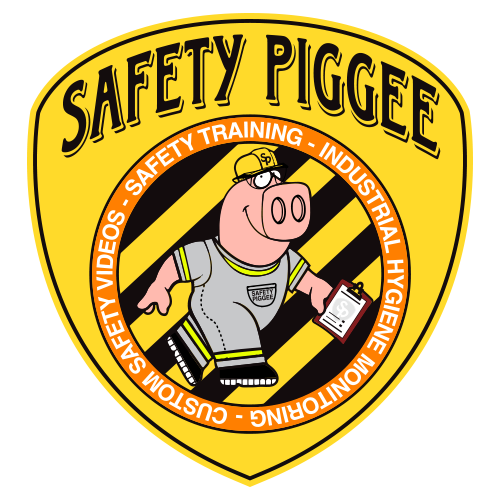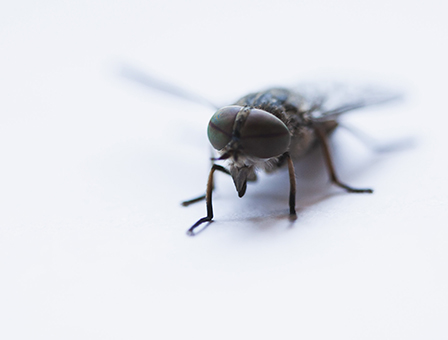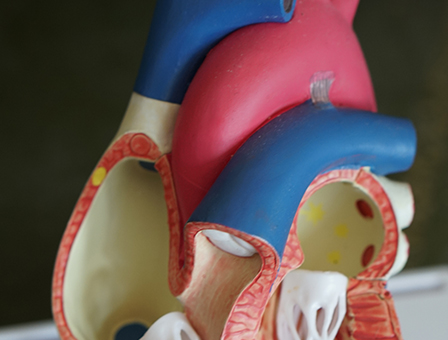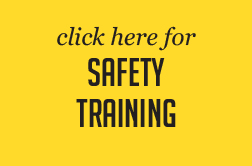Toolbox Talks
Our Safety Tips offer practical advice and tools for home, work and on the
Enjoy the complimentary Safety Tips below! If you would like a member of the Safety Piggee Team to facilitate a ToolBox Talk for your workgroup, school or organizations contact us today!
Check out 2018’s Toolbox Talks
Check out 2019’s Toolbox Talks


Monthly Safety Tip:
November
Cooking
Cooking fires are the number one cause of home fires and home injuries. The leading cause of fires in the kitchen is unattended cooking.
What you should know about home cooking safety
- Be on alert! If you are sleepy or have consumed alcohol, don’t use the stove or stovetop.
- Stay in the kitchen while you are frying, grilling, boiling, or broiling food.
- If you are simmering, baking, or roasting food, check it regularly, remain in the kitchen while food is cooking, and use a timer to remind you that you are cooking.
- Keep anything that can catch fire — oven mitts, wooden utensils, food packaging, towels or curtains — away from your stovetop.

Monthly Safety Tip:
October
A lifetime of back pain only takes one wrong lift!
Over one million workers suffer back injuries each year, and back injuries account for one of every five workplace injuries or illnesses. –Bureau of Labor Statistics
About 80 percent of back injuries are short in duration, and workers are able get back to normal health. In the short-term, they may experience pain and reduced functioning. For some, the pain and suffering is long-term. And for a small percentage of people, it is lifelong. For employees with long-term, disabling musculoskeletal injuries, lifetime earnings may drop significantly. These employees may also suffer a loss of independence and a diminished quality of life. – National Institute of Occupational Safety and Health

Monthly Safety Tip:
September
Effective Activity Hazard Analysis
In performing an AHA, break the job down into its component activities and then examine each activity to identify hazards that exist or might occur. For example, while performing a particular activity, could a worker:
Make movements that could cause injuries, such as back strain from lifting? Fall from one level to another or trip over objects in the work area?
Get a hand or an arm caught in moving machine parts?
Be exposed to equipment hazards such as electrical shock or burns?

Monthly Safety Tip:
August
Sleepy Head
Whether it’s due to workloads, or after work activities, the result is the same – Many employees are arriving on the job overly-tired or sleep-deprived. Sleep deprivation or fatigue can affect employee’s a manual dexterity, reaction time, and alertness. Employee fatigue or lack of sleep can affect judgment and safety.

Monthly Safety Tip:
July
Skin Cancer Fast Facts
Skin cancer and melanoma account for about 50% of all types of cancers diagnosed combined. 90% of skin cancer is a direct result of excessive exposure to the sun. Although it is one of the more preventable types of cancer, each hour one person dies from it.

Monthly Safety Tip:
June
Heat Exhaustion
Heat exhaustion is the body’s response to an excessive loss of water and salt, usually through sweating. People most prone to heat exhaustion are those working or exercising in a hot environment, those who have high blood pressure, and the elderly.

Monthly Safety Tip:
May
Our Part in Vector Control
What is a vector?
A vector is any insect or arthropod, rodent, organism or animal of public health significance capable of harboring or transmitting the causative agents of human disease, or capable of causing human discomfort or injury.
Vector Control can help you after you have a problem, but by following a few simple steps you will avoid having a problem with pests in the first place!

Monthly Safety Tip:
April
Hand Protection – Handle with Care
Next to our eyes, our hands are probably the most important part of our body when it comes to doing our work.
Here are the most common types of hand injuries:
Traumatic injuries often occur from careless use of machinery or tools. Hands and fingers get caught, pinched or crushed in chains, wheels, rollers, or gears. Hands are punctured, torn or cut by spiked or jagged tools and edges that shear or chop.

Monthly Safety Tip:
March
Safe Vehicles for Safe Drivers Pre-Trip Inspections
It may not seem like it, but properly inspecting your vehicle before each trip is one of the most important things you can so to ensure your safety and the safety of your passengers.
The time to find out that your vehicle has a problem is in the parking lot, not out on the roadway. This fact is indisputable: a properly maintained vehicle is a safer vehicle. Through proper maintenance, a vehicle will function as it should and will increase the potential for you to come through an emergency situation in one piece.

Monthly Safety Tip:
February
Take Care of Your Own Sweet Heart!
High Blood Pressure ~ Background
What does it mean to have diagnosis of high blood pressure?
High blood pressure is when the force of blood pushing against the arteries is consistently in the high range. High blood pressure is also called hypertension.

Monthly Safety Tip:
January
Dehydration in Winter Weather
The MYTH: you can only get dehydrated in warm weather.
Cold weather can actually increase your risk of dehydration because you don’t have any of the physical clues that tell you your body needs water, like feeling hot or getting sweaty. In fact, cool temperatures my mask your sense of thirst by 40%.

Get Safe Today
Phone: (832)786-1433 |
Email: rpiggee@safetypiggee.com
© 2018 Safety Piggee LLC. All rights reserved.




